Sales of the iPhone 6 Plus made up 41% of all sales for handsets with a display size of 5.5-inches or greater, according to a new report by Kantar Worldpanel. The data in the report represents the three month period ending in October 14, and also notes that sales of larger phones now represent 10% of overall smartphone sales, up from 2% for the same period in 2013. Aside from Apple's iPhone 6 Plus, larger-screen handsets from competitors like Samsung, LG, and HTC have also seen success.
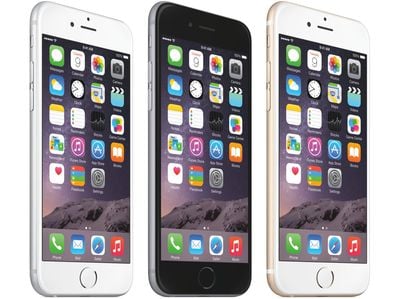
At the point of sale, when asked what drove their choice of smartphones, 58% of those surveyed who bought an iPhone 6 Plus said screen size was the primary reason for choosing their device. Despite the more compact design of the iPhone 6, 60% of consumers who chose it also cited screen size as the primary purchase driver. The ability to connect to a 4G/LTE network was the second most important reason cited by both buyer groups.
The report still notes however that the iPhone 6 was the best-selling iOS device during the time period with a 33% market share. This was followed by the iPhone 5s and iPhone 5c which owned a 26% and 16% market share respectively, and followed by the iPhone 6 Plus which captured 10% of iOS device sales. Of all iPhone 6 and iPhone 6 Plus buyers, 85% of those surveyed were repeat iOS device buyers while 9% said they switched from Android.
The iPhone 6 Plus saw heavy supply constraints shortly after its launch in September, with Apple reportedly delaying mass production for the iPad Pro to focus on producing more iPhone 6 Plus units. However, shipping times for both the larger-screen iPhone and the iPhone 6 improved yesterday, with many models in Apple's online store now carrying a shipping estimate of 3 to 5 days in the United States.






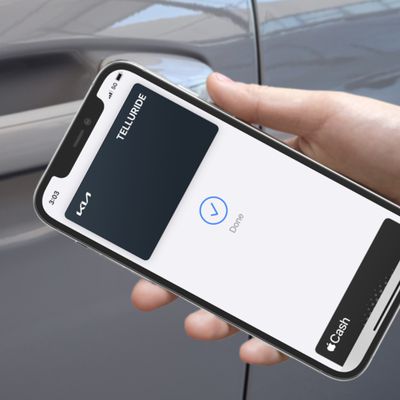
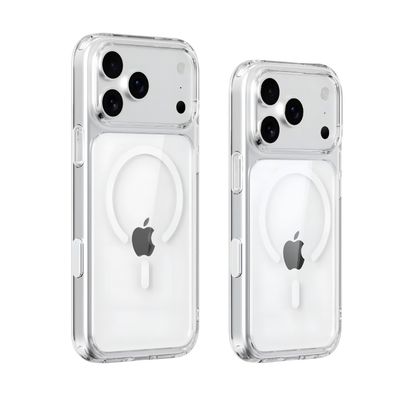
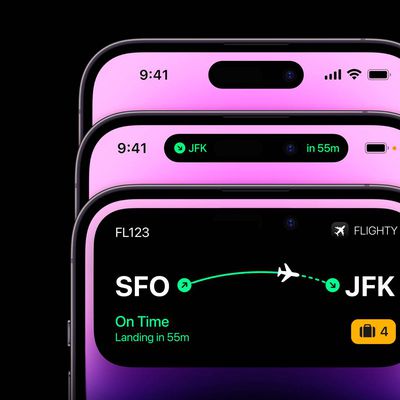
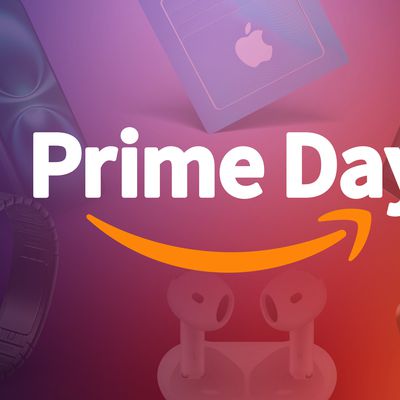







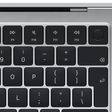
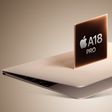
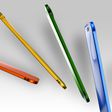

Top Rated Comments
33% + 10% = 43%
26% + 16% = 42%
More people are buying the new phones than are buying the old phones.
The new phones were significantly supply constrained.
As the line-up is announced, people can decide if the older model is right for them.
What I find *more* remarkable is that in just three weeks, Apple's new line-up sells 41% of what was otherwise sold in three months!
As far as the sales numbers, take into account, the iPhone 6/6+ sales are only for 1 out of the 3 months.
The data covers a three month period but the new iPhone 6 models were only on sale for one of those months.
It's rather simple. 5S was and is THAT good and many people still prefer compact phones. Hardware-wise, the 6 isn't that much better than the 5S, so you are only left with the size, Apple Pay (which is only relevant in the US as of now), battery life, particularly on the 6 Plus, and that's pretty much it. I was about to buy the 5S myself, but ultimately decided that I no longer need the iPad after buying the MBP, but I still need a device with a good battery life and the capability for at least some on-the-go productivity, so I went with the 6 Plus.
The reasons are that supply is limited and the new iPhones only account for one month out of 3.
It's because 5S/5C are more affordable especially for other countries in Asia or South America or Africa.